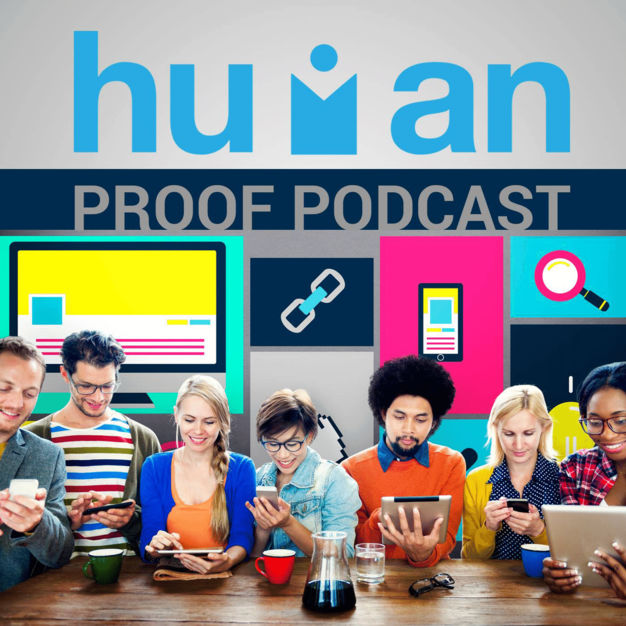🚀 From Google Podcasts to Moon FM in No Time: Your Hassle-Free Migration Guide
👉

Tune in and get real-world tactics for building your online business today. This podcast focuses on affiliate SEO, building and selling content sites, authority sites, and even smaller niche sites that all income sites start from. If you're interested in the laptop lifestyle then you are in the right place because that's exactly what we've built ourselves!
Your feedback is valuable to us. Should you encounter any bugs, glitches, lack of functionality or other problems, please email us on [email protected] or join Moon.FM Telegram Group where you can talk directly to the dev team who are happy to answer any queries.